Category 5
Well-known member
Just solder it to the + voltage rail directly above the delaminated pad. Double check w Max on that resistor value. You want to end up w 20V at the heaters and this resistor is what drops B+ to that 20V.
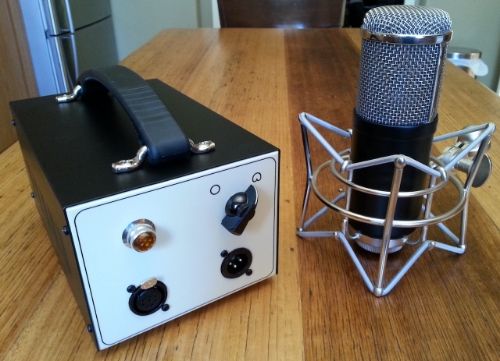
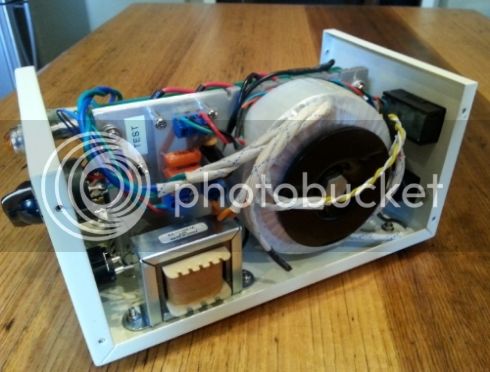
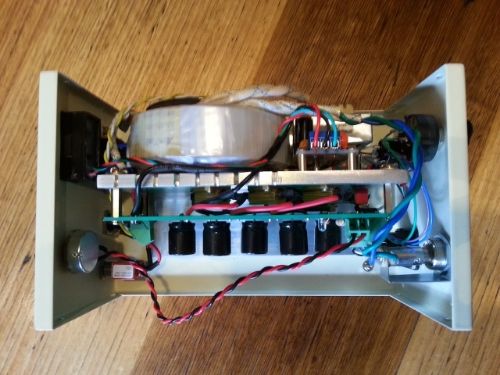
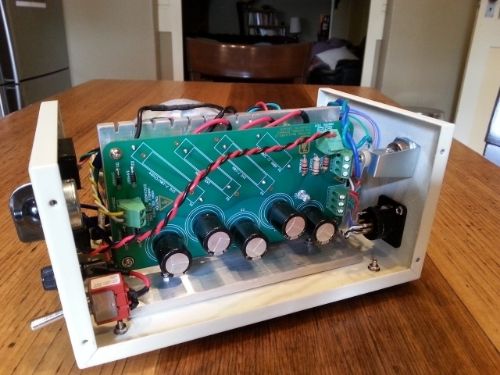
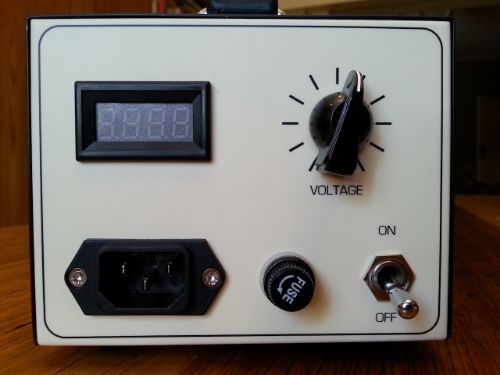
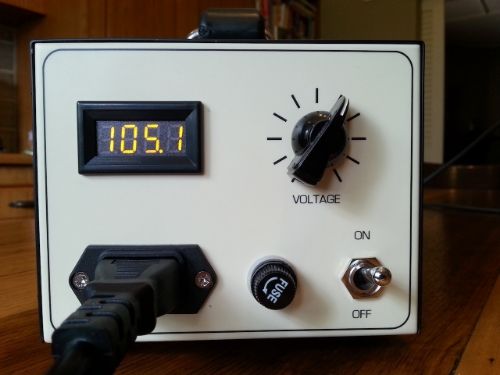
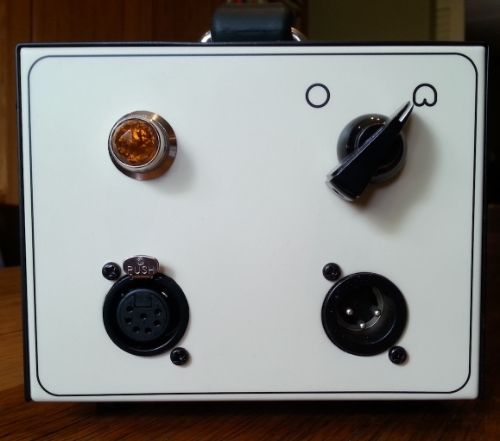
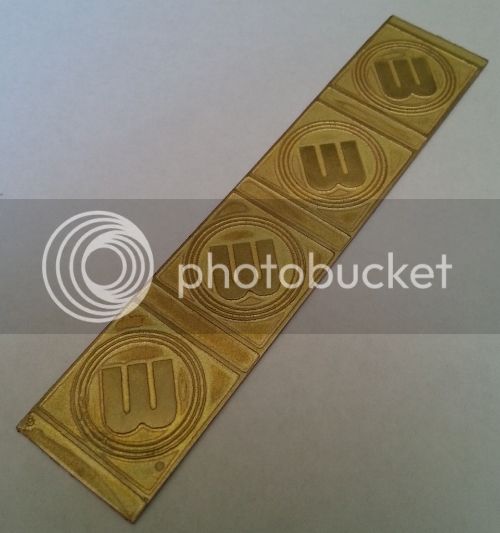
Category 5 said:What are the specs of your transformer? You probably just need to drop the resistance a little. Do you have the parallel 330ohm on top of the 660 in the last slot? If not, adding it should drop the resistance to around 220 or so and give you some extra adjustment room.
ioaudio said:102VDC is close enough...
jordan s said:I enjoyed my mic for about a year after the build but it has since displayed intermittent noise. It's a static or white noise sound that pops in only for short, maybe 0.5 second bursts every 10 seconds or so. It's not super loud but loud enough to be audible to me and my clients. I tried cleaning the high impedance area and even replacing the tubes but the noise is still there. Anyone have any suggestions? I love this mic, it sounds amazing but this issue is making it unusable at the moment.
jordan s said:Thanks for the tip, Cat5. The original tubes that I had the problem with were Phillips. I just put some Western Electric tubes in and have not noticed an improvement. I think replacing that cement resistor is the next step.
jordan s said:Thanks for the tip, Cat5. The original tubes that I had the problem with were Phillips. I just put some Western Electric tubes in and have not noticed an improvement. I think replacing that cement resistor is the next step.
ioaudio said:jordan s said:Thanks for the tip, Cat5. The original tubes that I had the problem with were Phillips. I just put some Western Electric tubes in and have not noticed an improvement. I think replacing that cement resistor is the next step.
I would also suspect the cement resistor - there have been a few cases where this resistor has been the culprit. Replace it with a aluminium housed resistor.
-Max
Enter your email address to join: